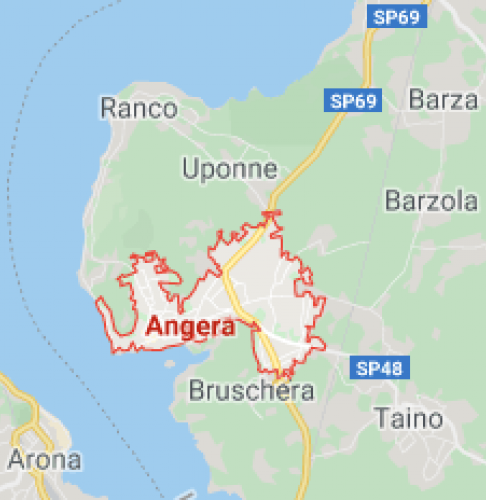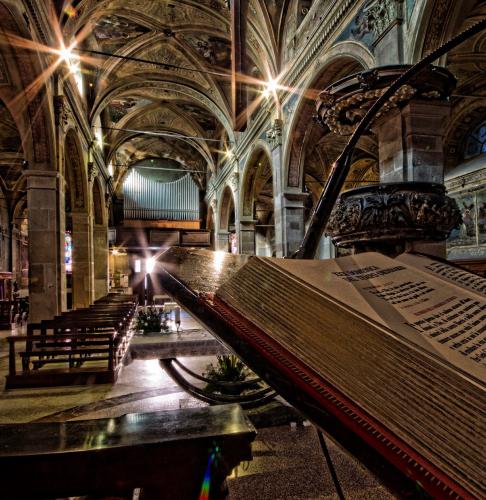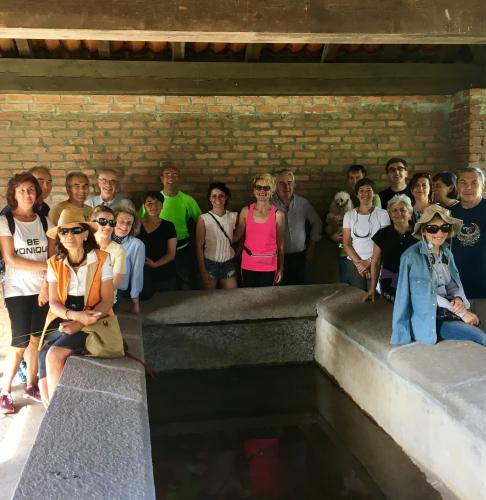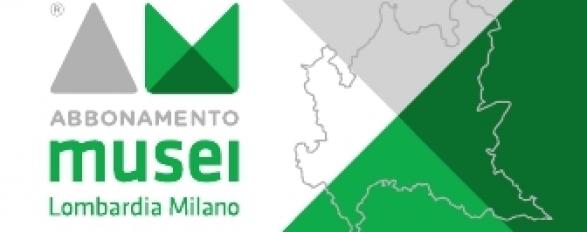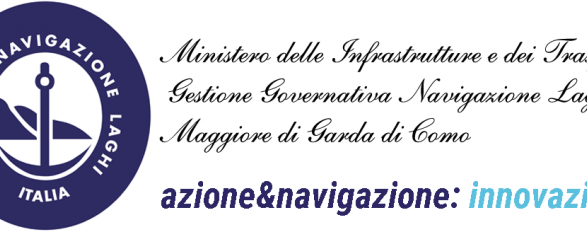Angera Widespread Museum - Lake Maggiore
Discover the 57 sites
Did you know that in the area around Angera there are dozens of historic and artistic monuments, unspoilt and protected environments, pleasant walks, beaches, museums and romantic view-spots?
If you counted up the ones you know, how many would there be? The castle and the Riva Sanctuary, the Archaeology Museum and the Nature Reserve, the beach and San Quirico, and then?
In fact there are no less than 57 historical, artistic and landscape monuments in the Angera Open-Air Museum!
The rooms of this museum are outdoors, in the town centre, periphery and surrounding villages, freshened by a light breeze, nature's own scents and birdsong, situated between the sparkling lake, the shady woods and the fertile hills.
The exhibits are to be found next to ancient roads, in the calm bay, underground, inside gateways – and some of them will stimulate your palate.
The captions that describe the works of art created by nature over countless millennia – or by human ingenuity over the centuries – consist of large panels in Italian and English placed near each monument.
You can choose the historical/artistic route that you would like to follow on foot – to see the town centre's principal monuments, or by bicycle – to see the main monuments in Angera's town centre, the Nature Reserve, Bruschera, Capronno, Barzola and Ronchi.
In the map you can find a short description and clicking on the photo you’ll get further details.
Leave your car and start the itinerary if you prefer with the help of the paper map, available at the Archaeological Museum and at the Tourist Office or downloadable from the website.

